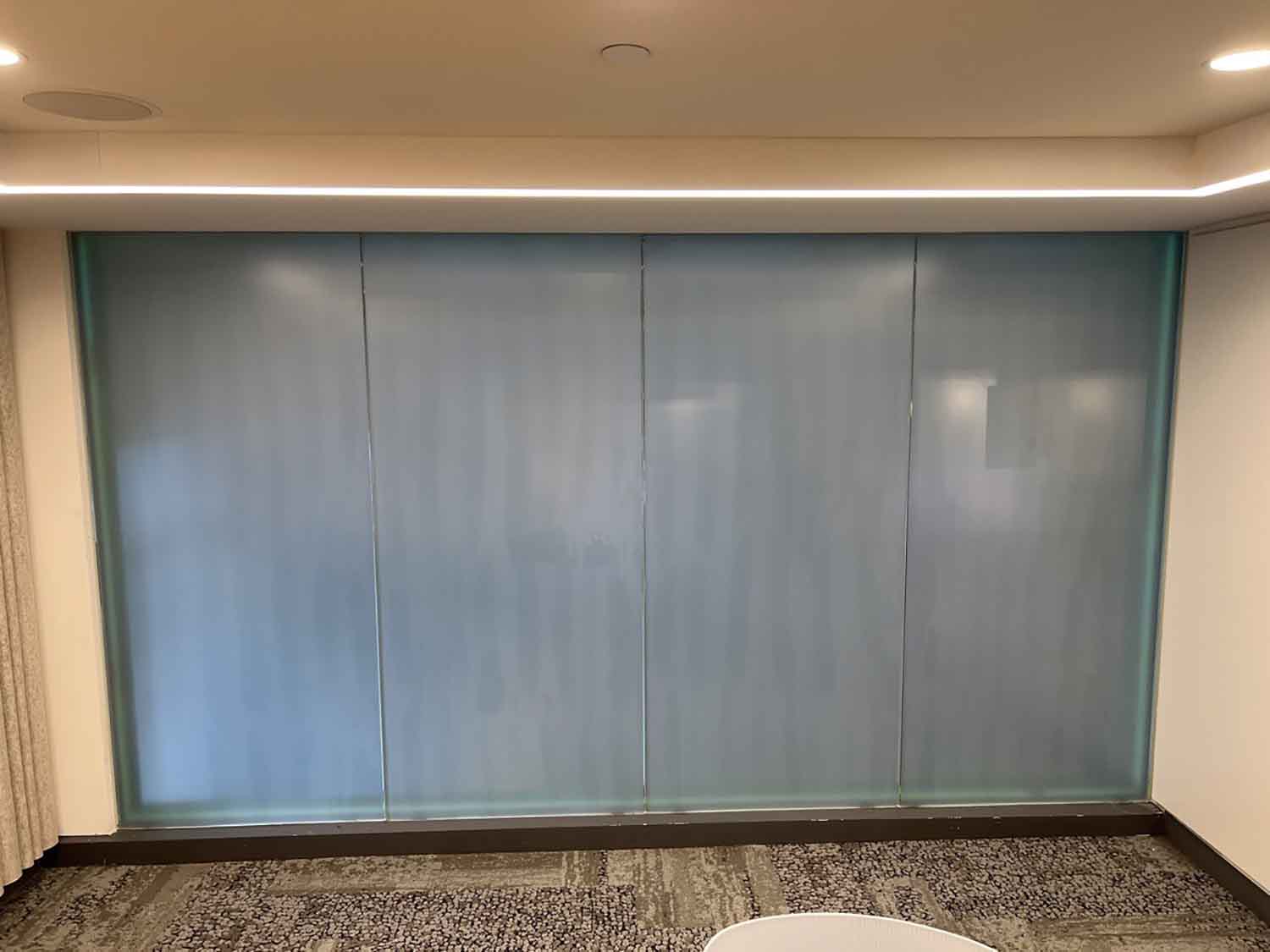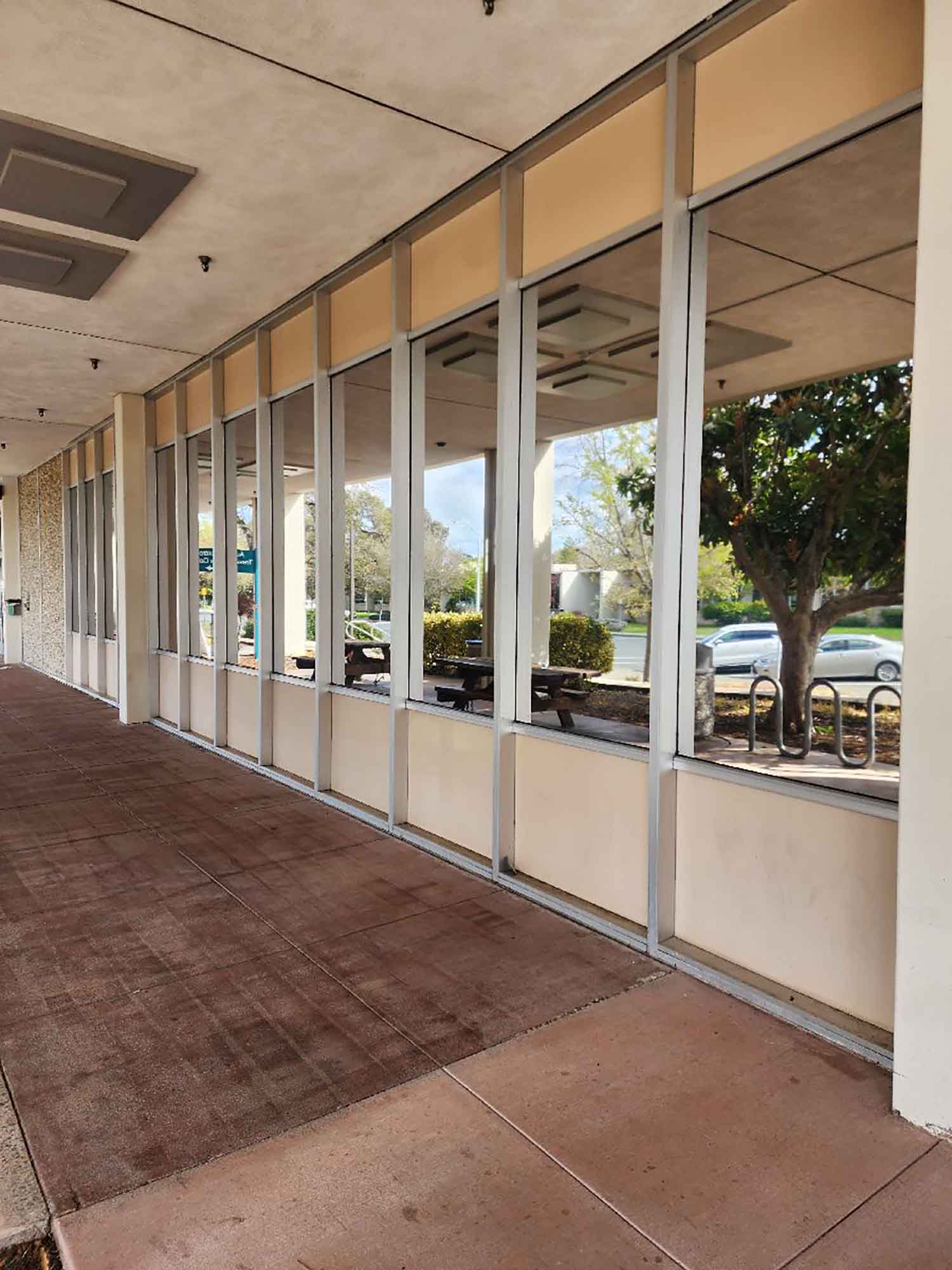Over the years, I think I have heard just about every negative thing that could possibly be a said about using window film. Sometimes the concerns are valid, however, rarely are they accurate. (Read our updated 5 Window Film Myths post here.)

I’m not exactly sure why it is, but for some reason the window film industry is plagued with many negative misconceptions. I have to imagine that some of these misconceptions are manufactured by the many competitive products that window film has, such as window coverings, new windows or glass, awnings and sunscreens.

However, that does not mean we will ever stop trying. In fact, hundreds upon hundreds of customers each year realize the amazing benefits of using window film for their homes or buildings.
It’s also important to understand, the window film industry is large. In fact, a recent study suggested that the solar control window film industry alone is poised for impressive growth in the next few years.
Knowing the size of the window film industry can impress upon you the fact that millions of square feet of window film have been installed. Most likely, you have been in front of or behind a window that has some kind of window film applied to it. With that in mind, do you really think all the myths and misconceptions could be true?
Here are 5 myths about window film that are entirely NOT true.
Myth #1 – Window films make the interior of a building or home too dark.
Many years ago this may have been true. However, new modern-day window films focus on specific wavelengths of light, such as infrared heat. This still allows a large portion of the visible light to be transmitted through the window.
Some building owners and engineers have had concerns about window film reducing visible light. They’ve also trying to avoid having to use more energy by adding more artificial light. The truth is that, when window film is used, employee and tenant comfort is increased. The work or living area is cooler and there ends up being less glare than before, so people open the window shades and blinds instead of keeping them closed. This allows more light in during the day, which reduces the amount of artificial light needed.
Myth #2 – Window film is cheap, it’s only for old buildings and homes.
While window film does make a great addition to older buildings and homes, with single pane glass, this myth could not be farther from the truth. In fact, quite the opposite. Everyday window film is installed in newly constructed buildings and modern homes with the newest windows.
These customers are looking for improved protection from the sun’s harmful rays, added protection against fading, and increased safety. Even most modern Low-E coatings offered on newer windows, do not have the same protection as a retrofit window film can offer. Notice, I said most, because Low-E coatings are improving rapidly and the protection they offer is increasing.
Window film is far from cheap. It’s designed to last many years and is a good investment.
Myth #3 – Window film will kill my house plants.
In most cases, the houseplant is already receiving enough sunlight. If the plant seems to do fine as it is, installing window film should have no effect on the plant. The plant may need time to adjust when window film is installed, so new growth or flowering may be temporarily slowed after window film installation.
If your house plants are of concern, before installing window film you can do two things. First, try moving the houseplant to a darker area of the house and see how the plant reacts. Second, you can contact your local nursery and discuss with them the amount of sunlight your specific plant needs.
Sometimes a houseplant may do better with window film. For instance, some house plants may wilt by the end of the day due to the intense sunlight. Having window film may help the plant to thrive.
Myth #4 – You can’t clean your windows after window film is installed.
Windows that have window film can be cleaned just like any other window. You would want to avoid cleaning the windows for at least 30 days right after your window film is installed to allow the window film to cure. Besides, your installation company should leave the windows spotless on the interior after an installation.
After the cleaning process, you can clean your windows just like you normally would. You can also use this procedure:
- Use a soft clean cloth, soft paper towel, or clean synthetic sponge. Normal scrubbing with these materials is fine, but make sure not to scrub aggressively with anything abrasive.
- Use any normal glass cleaning solution which contains no abrasive materials. Typical off-the-shelf glass cleaners are acceptable.
- Use a soft cloth or squeegee for drying the window.
Myth #5 – Window film will cause glass to break or crack.
There are several reasons why glass will crack with or without window film.
- Thermal Stress – absorbing heat from the sun.
- Tensile Stress – the sheer weight of glass itself.
- Flexing Stress – such as wind.
- Impact Stress – flying objects, rocks, golf balls, birds…
- Twisting Stress – building structure shifting or window frame sagging.
The first reason is the only one where window film may be involved. The use of certain window films can increase the amount of heat absorbed into the glass which can cause thermal stress.
However, there are many other factors that can play into this, such as partially shaded windows, drapes too close to the glass, signs, and decals on the windows, HVAC vents pointed at the glass. Also, there are different kinds of glass such as tempered, clear, tinted, and annealed which all have different rates and which they absorb heat.
Window film manufacturers have run tests and provide professional installation companies film-to-glass charts and tables so we know and understand which window films are acceptable to use on certain glass types.
Here is a list of certain glass types or conditions where using solar control window film would be not be advised.
- Tinted glass thicker than ¼”
- Window frame systems made of concrete, solid aluminum, or solid steel.
- Glass where the sealant has hardened.
- Visibly chipped or damaged glass.
- Highly reflective, wired, textured or patterned glass.
- Triple pane glass.
- Laminated glass.
BONUS MYTH #6 – Window film makes windows look too shiny or iridescent.
Older, conventional types of window film can display an iridescent appearance when installed near certain types of energy-efficient lighting (such as compact fluorescents), however, newer window films are available that virtually eliminate this iridescence and shine.
Well there you have it. Some of the most common myths debunked. Well not really, it’s more like common myths debunked and explained in detail.
Window film is an amazingly versatile product that can be used for so many purposes. Just about all windows can benefit from using window film in some way, we believe every window should have window film applied. But, we’re slightly biased :).
Ask yourself these questions to determine if you’re a good candidate for window film.
- Do I experience intense sunlight during any part of the day?
- Do I or my tenants have to keep our blinds or shades closed for a large portion of the day?
- Do we run the air conditioning constantly during the summer months?
- Are you concerned about fading of your interior furnishing?
- Does the sunlight shine on anything in your home for prolonged periods?
- Is there a safety concern around certain windows in my home or building?
- Could we be at risk of vandals adding graffiti to windows around our building or property?
- Are our employees being less productive or uncomfortable due to the intense sunlight in our buildings?
These are just a few questions to ask yourself.
Did we miss anything? Are there some other questions you would like answered about window film? For over 40 years, ClimatePro has been helping San Francisco Bay Area homeowners to find the right window films for their home. Our skilled customer services team, estimators and installers are some of the best in the business. We can’t wait to bring our 40 years of experience to you. You can contact us today for a free consultation and we’ll help you get started. With offices in North Bay (including Santa Rosa), San Francisco, and San Jose, we can be reached at (707) 569-9098.
Want to know more about Window Tinting? Start with these informative links:
➽ UV and Fade Protection: How Window Tinting Can Help
➽ The Energy Saving Benefits of Window Tinting
➽ How Window Tinting Provides More Safety and Security For Your Family
➽ Decorative Window Tinting: The Possibilities Are Endless!
➽ Window Tinting and Privacy: Learn The Facts
➽ How To Pick a Window Tinting Company: A Helpful Guide
➽ 3M Window Film vs. The Competition: Why 3M is the Best.
➽ The Top Window Tinting Company in the San Francisco Bay Area




